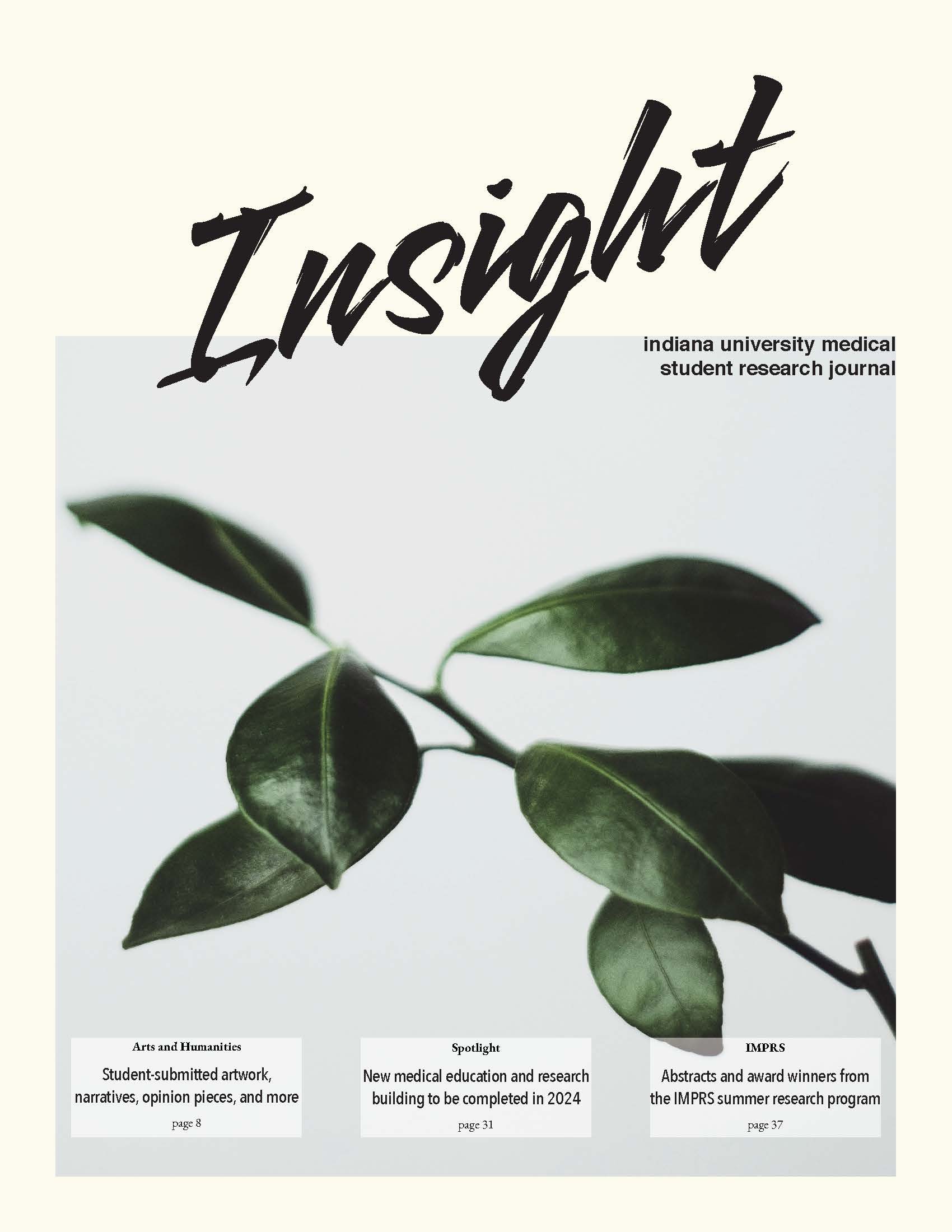Immunoreactive Trypsinogen Levels in Infants Born to Women with Cystic Fibrosis Taking Elexacaftor-Tezacaftor-Ivacaftor
Abstract
Background/Objective: Cystic Fibrosis (CF) is a lethal autosomal recessive disease caused by mutations in the cystic fibrosis transmembrane conductance regulator (CFTR) gene affecting people of every race and ethnicity in the US. Highly effective modulator therapies (HEMT), such as elexacaftor-tezacaftor-ivacaftor (ETI), correct misfolding and/or improve functioning of the abnormal CFTR protein to lessen disease severity. Most people with CF are diagnosed following abnormal newborn screening (NBS), which involves measuring levels of immunoreactive trypsinogen (IRT). There have been case reports of falsely low IRT levels among infants with CF exposed to ETI in utero, but an overall assessment of IRT levels among these infants has not been conducted. We hypothesize that infants born to mothers with CF taking ETI (ETI-exposed) may have lower IRT levels than newborns with CF, CFTR-related metabolic syndrome (CRMS), or CF carriers.
Methods: NBS data from infants born between 2020-22 in Indiana with at least one CFTR mutation were collected and compared to infants born to mothers with CF taking ETI followed at Indiana University, regardless of CFTR mutation status. Infants were categorized as: CF, CRMS, Carrier, ETI-exposed, and Unknown (i.e., diagnosis not determined). An ANOVA test was performed on log-transformed data, with p-values adjusted for Dunnett’s to compare IRT levels of infant groups to ETI-exposed group.
Results: There were 51 children with CF, 21 with CRMS, 489 CF carriers, and 19 ETI-exposed infants. Compared to other groups, ETI-exposed infants had a lower median IRT value and IQR (p<0.0001). To our knowledge, there are no CF diagnoses among ETI-exposed infants.
Conclusion: IRT levels for ETI-exposed infants, who are obligate CF carriers, were lower than for other infants with CF-related diagnoses, raising the likelihood of false normal NBS results. ETI-exposed infants should have CFTR mutation analysis performed to correctly categorize them as CF, CRMS, or CF carriers.
Downloads
Published
Issue
Section
License
Copyright to works published in Insight is retained by the author(s).

